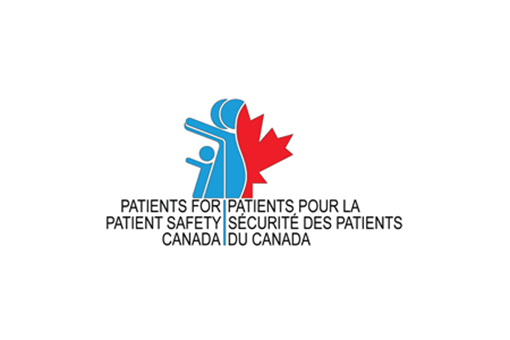Vance’s passion for helping others lives on
October 31, 2011
Two days after his car accident, Vance Davis was struggling in a Regina hospital.
His mom Donna was out of the room when Vance asked what seemed like a strange question.
“Am I going to die?”
“Not on my watch,” said the duty nurse, chuckling.
The staff were well aware of Vance’s head injury. But they repeatedly said it was minor — barely more than a concussion.
His mom, Donna, wasn’t so sure. Vance’s behaviour — at times aggressive and at other times unresponsive — was out of character.
The Vance they knew was always on the go. At age nine he was Carievale, Saskatchewan’s pony express, delivering newspapers on his horse. At age 19, the oilfield worker had already purchased his own home.
“He was the fixer around town,” says Donna. “He’d shovel elderly people’s sidewalks, or mow their lawn. He always had to be busy.”
Now he was unconscious and to his mom, a nurse, slowly slipping away.
Vance’s ordeal began on a rural road in the wee hours of a March morning. Vance lost control of his truck for reasons we’ll never know. He phoned police, waited, then walked six kilometres to shelter.
He was eventually found, semi-conscious, in a trailer and taken to a local health centre, then transferred to Regina.
Upon arrival, Vance was seen by a neurosurgeon, taken for a CT scan and admitted to the surgical intensive care unit.
Donna says she heard staff talking about Vance as a drunk driver. She told them the RCMP ruled alcohol out as a cause of the crash.
“But that was really the beginning of staff not hearing what we said,” says Donna. “They stereotyped Vance as a 19-year-old man who had obviously been drinking and driving.”
Given staff assurances Vance only needed time and rest, his dad went home. But as the hours passed, it became more and more obvious to Donna that her son’s condition was getting worse.
“I mentioned my concern to the staff many, many times over the next three days,” says Donna, who watched in frustration as Vance was moved out of intensive care to a ward.
Finally, Vance’s condition caught the staff’s attention. Donna was called back to the hospital at 3 a.m. and met with the on-duty neurosurgeon. He was frustrated. He’d been in hospital each day of Vance’s stay, but was never told of the case.
Surgery was finally performed. But when the doctor walked into the room, he fought for the right words.
“He’s brain dead, isn’t he?” said Donna.
Having lost trust in those providing care, she demanded a profusion scan be done to confirm the worst. The two technicians on duty seemed oblivious to the family’s pain, laughing and even performing a high-five during the process of the scan.
“I just remember dying inside, watching how they treated our beloved son,” says Donna.
In their agony, the family decided to donate Vance’s organs. They went home to grieve. But in the following weeks and months, Donna began to seek answers.
The Davis family, she said, wanted Vance’s death to have meaning. They wanted to see the hospital take responsibility and change its procedures.
It took almost six years, but Donna and Jack Davis got a disclosure meeting with the hospital.
Changes resulted, including a protocol called Vance’s Stop Sign that allows anyone involved with a case to initiate a review. Now, a patient will not be discharged of transferred until the concern is addressed.
Communication and ‘handoff’ procedures were also improved. Families are also now included in medical rounds in the ICU. A provincial alert was sent out, too.
Donna’s message to health professionals is this: Please listen to patient families because they know their loved one best.
Donna says Vance remains with her always, especially in her work as co-chair of Patients for Patient Safety Canada.
“Every time I tell Vance’s story I’m honoring his life,” says Donna. “Vance was a fixer in life. Now he’s a fixer in death. I’m hopeful, really hopeful, that things are changing”
Vance’s story emphasizes the importance of open communication between healthcare providers, patients and families.

Want to read more?
